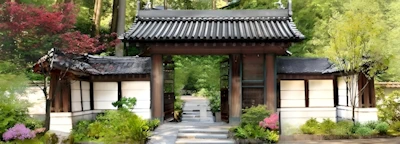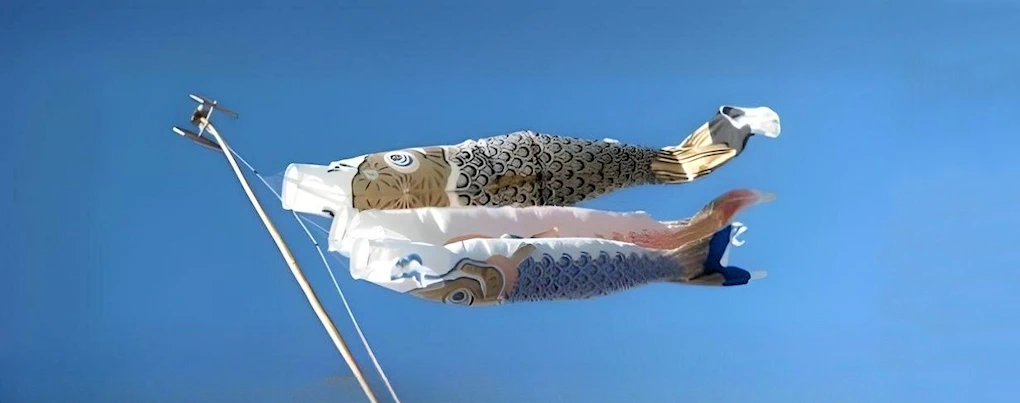Kodomo-no-hi (Boys day) - Japanese National Holiday May 5thNEW
-
November 27, 2025, Thursday: All Day (in 6 Days):
2025 Thanksgiving Day - Thursday (Plan Ahead: Expect Traffic, Higher Fares and Hotel Rates) -
November 28, 2025, Friday: All Day (in 7 Days):
2025 What is Black Friday in United States? What About in Japan? Black Friday vs Cyber Monday? (Day After Thanksgiving) -
December 1, 2025, Monday: All Day (in 10 Days):
2025 Christmas Day Tips - Last Minute Ideas (Top Presents and Gifts for Your Love Ones) -
December 7, 2025, Sunday: All Day (in 16 Days):
2025 Pearl Harbor Remembrance Day (Honoring December 7 and Its Lasting Impact on the U.S. and Japan) -
December 24, 2025, Wednesday: All Day (in 33 Days):
Christmas Eve Traditions in the U.S. and Japan (How Two Cultures Experience December 24) -
December 25, 2025, Thursday: All Day (in 34 Days):
2025 Christmas is Dec 25, 2025 - Thursday (Plan Ahead: Expect Traffic, Higher Fares and Hotel Rates) View All Events At Location Other Events At This Location
Location
This Specific Event Date Has Passed
Upcoming Events and Dates at This Location
- No Additional Dates.
Children's Day (Kodomo no hi) is a Japanese national holiday which takes place annually on May 5, the fifth day of the fifth month, and is part of the Golden Week. It is a day set aside to respect children's personalities and to celebrate their happiness. It was designated a national holiday by the Japanese government in 1948.
Tango no Sekku
The day was originally called Tango no Sekku (端午の節句?), and was celebrated on the 5th day of the 5th moon in the lunar calendar or Chinese calendar. After Japan's switch to the Gregorian calendar, the date was moved to May 5.[1] The festival is still celebrated in China, Taiwan, Hong Kong and Macau as the Duanwu Festival or Duen Ng Festival (Cantonese), in Korea as the Dano Festival, and Vietnam as the Tết Đoan Ngọ on the traditional lunar calendar date. It was originally for boys but was changed to include both genders.
Sekku means a season's festival (there are five sekku per year). Tango no Sekku marks the beginning of summer or the rainy season. Tan means "edge" or "first" and go means "noon." In Chinese culture, the fifth month of the Chinese calendar was said to be a month for purification, and many rites that were said to drive away evil spirits were performed[citation needed].
Until recently, Tango no Sekku was known as Boys' Day (also known as Feast of Banners) while Girls' Day (Hinamatsuri) was celebrated on March 3. In 1948, the government decreed this day to be a national holiday to celebrate the happiness of all children and to express gratitude toward mothers. It was renamed Kodomo no Hi.
Before this day, families raise the carp-shaped koinobori flags (carp because of the Chinese legend that a carp that swims upstream becomes a dragon, and the way the flags blow in the wind looks like they are swimming), one for each boy (or child), display a Kintarō doll usually riding on a large carp, and the traditional Japanese military helmet, kabuto. Kintarō and the kabuto are symbols of a strong and healthy boy.
Kintarō is the childhood name of Sakata no Kintoki who was a hero in the Heian period, a subordinate samurai of Minamoto no Raikou, having been famous for his strength when he was a child. It is said that Kintarō rode a bear, instead of a horse, and played with animals in the mountains when he was a young boy.
Mochi rice cakes wrapped in kashiwa (oak) leaves - kashiwa-mochi (just like regular mochi, but is also filled with red beans jam) and chimaki (a kind of "sweet rice paste," wrapped in an iris or bamboo leaf) - are traditionally served on this day.
Source
http://en.wikipedia.org/wiki/Children's_Day_(Japan)
Find Children's Day Events
Disclaimer: Please double check all information provided on our platform with the official website for complete accuracy and up-to-date details.
Tuesday, 5 May, 2020
All Dates For This Event
Event Contact
Japan Kodomo-no-hi (Boys day)Event Organizer Website
Visit Organizer Website
Get More Details From the Event Organizer
Event Location Website
Visit Location Website
For More Location Details
Event Information Can Change
Always verify event information for possible changes or mistakes.Contact Us for Issues
















